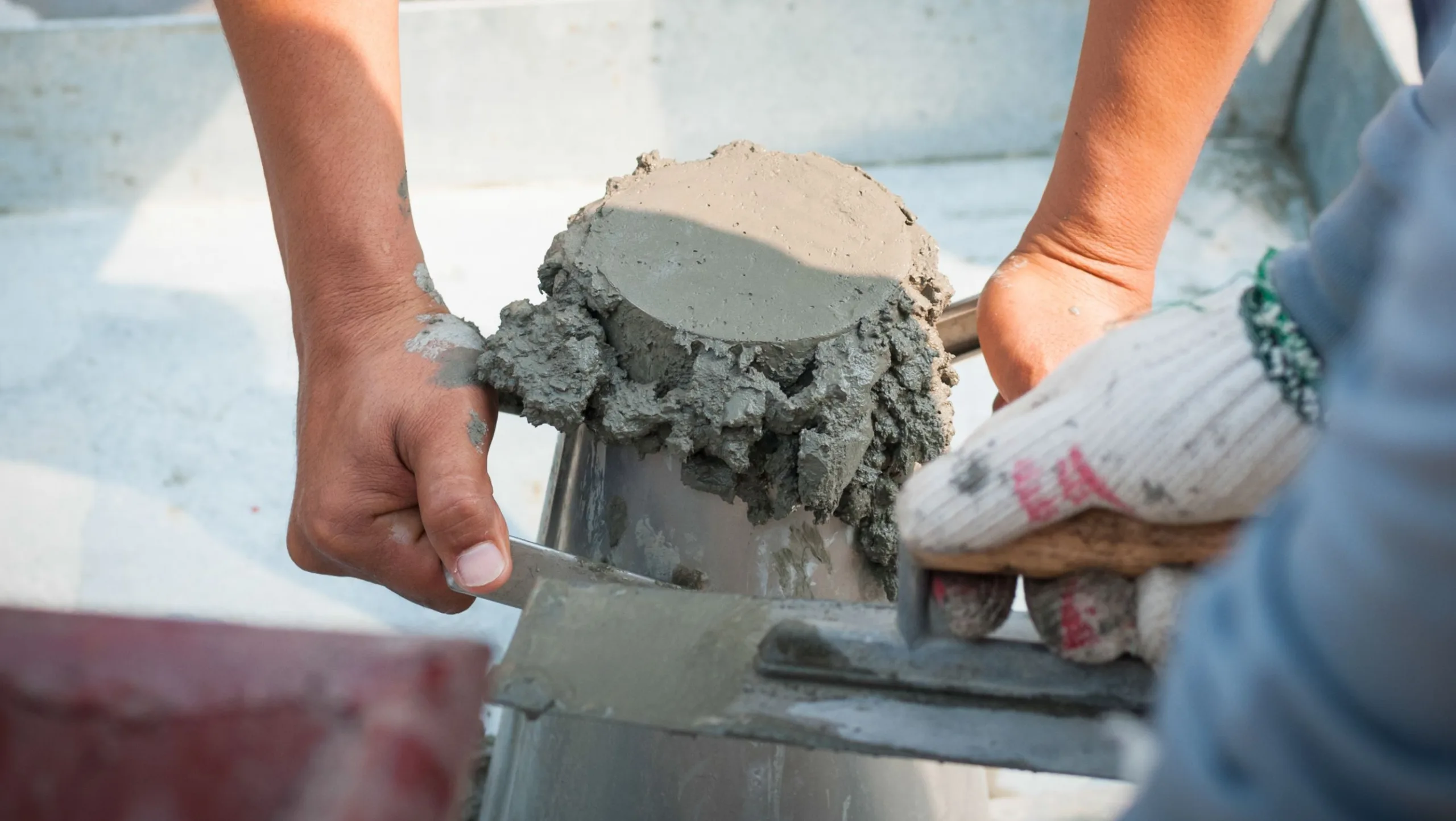
The Importance of Testing Your Concrete
Concrete is a fundamental building material used in various construction projects, ranging from simple foundations to massive infrastructure. Its strength, durability, and reliability are crucial for ensuring the safety and longevity of structures. Several testing methods have been developed to assess these properties and guarantee the quality of concrete. This blog will explore the significance of testing concrete and discuss different testing methods employed in the construction industry and the importance of testing your concrete.
Compressive Strength Test
Compressive strength test is one of the most commonly conducted tests on concrete. Engineers can determine its structural integrity and load-bearing capacity by measuring the maximum load a concrete specimen can bear before failing in compression. This vital information helps design columns, beams, slabs, and other elements, ensuring they can withstand the anticipated loads and stresses over their lifespan.
Slump Test
The slump test evaluates the consistency and workability of fresh concrete. By filling a standardized cone-shaped mold with concrete, compacting it, and observing the resulting slump or settlement, professionals can assess the water content and the ease with which the concrete can be placed and finished. This test allows for adjustments in the mix design to achieve the desired workability, ensuring efficient construction practices and satisfactory results.
The Importance of Testing Your Concrete: Ensuring Quality and Reliability
Concrete mix design plays a crucial role in achieving the desired properties of concrete. Engineers consider factors such as strength requirements, workability, durability, and economy by determining the optimal proportions of cement, aggregates, water, and admixtures. The mixed design process ensures that the produced concrete exhibits the desired characteristics, providing confidence in its performance and longevity.
Water Absorption Test
The water absorption test measures the amount of water absorbed by concrete over a specific period. Excessive water absorption can lead to problems like cracking, freeze-thaw damage, and reinforcement corrosion. By assessing the permeability and durability of concrete, this test helps identify potential weaknesses. It allows appropriate measures to enhance the concrete’s resistance to moisture-related issues.
Chloride Ion Penetration Test
In aggressive environments, such as coastal areas or locations where de-icing salts are used, chloride ingress can cause corrosion of steel reinforcement. The chloride ion penetration test exposes concrete specimens to a chloride solution and measures chloride penetration depth over time. By evaluating the concrete’s susceptibility to chloride ingress, engineers can design and select appropriate materials to ensure structures’ durability and long-term performance in such harsh conditions.
Rebound Hammer Test
The rebound hammer test quickly estimates concrete strength by measuring the rebound velocity after striking the concrete surface with a specialized hammer. Although it provides an indirect assessment, this test is valuable for on-site evaluations and quality control. It helps identify areas of concern, such as weak or deteriorated concrete, allowing for prompt action to ensure the structural integrity and safety of the construction.
Ultrasonic Pulse Velocity Test
The ultrasonic pulse velocity test evaluates concrete’s uniformity, density, and integrity by measuring the propagation speed of ultrasonic waves. It can detect variations like cracks, voids, or delamination’s that may compromise the concrete’s performance. This test is particularly beneficial for assessing critical structural elements like bridges, tunnels, and dams, where ensuring concrete quality is paramount.
Testing concrete is vital in ensuring structures’ quality, strength, and durability. Through methods like compressive strength testing, slump testing, and water absorption testing, engineers can assess the properties of concrete and make informed decisions regarding mix design, construction practices, and material selection. The chloride ion penetration test, rebound hammer test, and ultrasonic pulse velocity test further evaluate durability, identify weaknesses, and implement necessary measures. By conducting these tests, construction professionals can understand the importance of testing your concrete and guarantee that the concrete used in various applications meets the required standards, enhancing safety and reliability in the built environment.
Looking for more ways to strengthen your concrete? Check out our blog on Fiber-Reinforced Concrete


